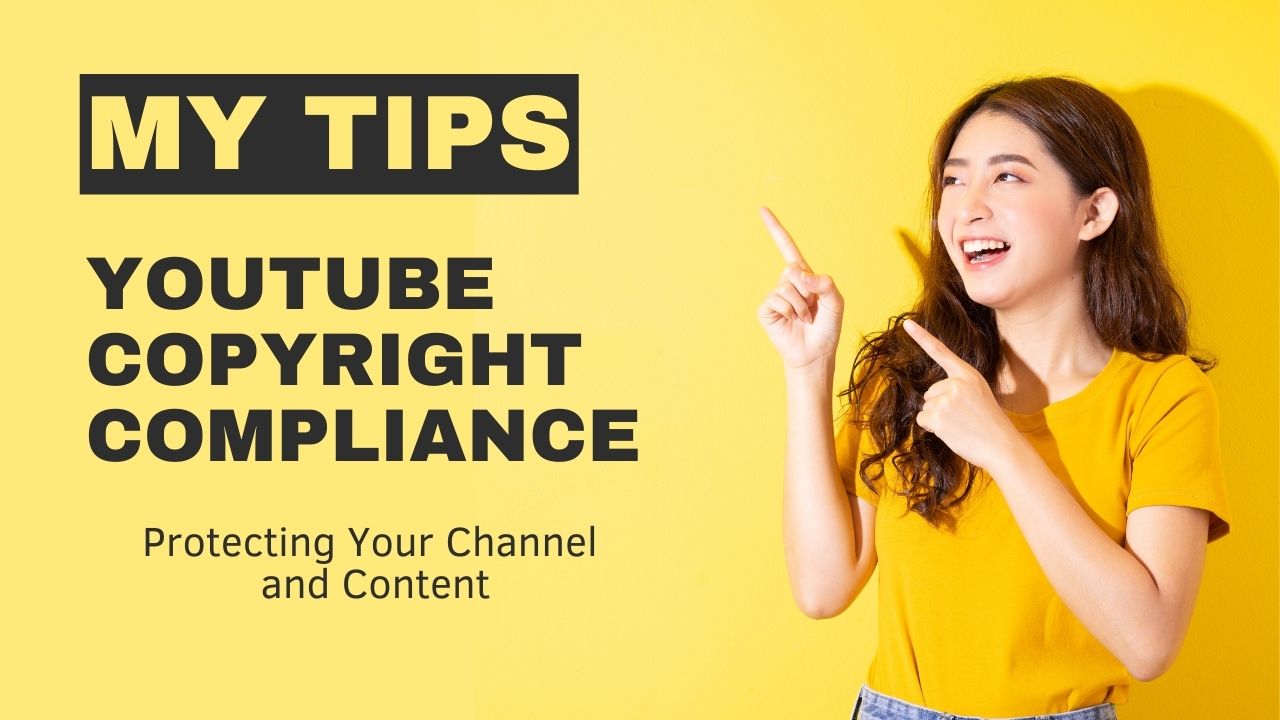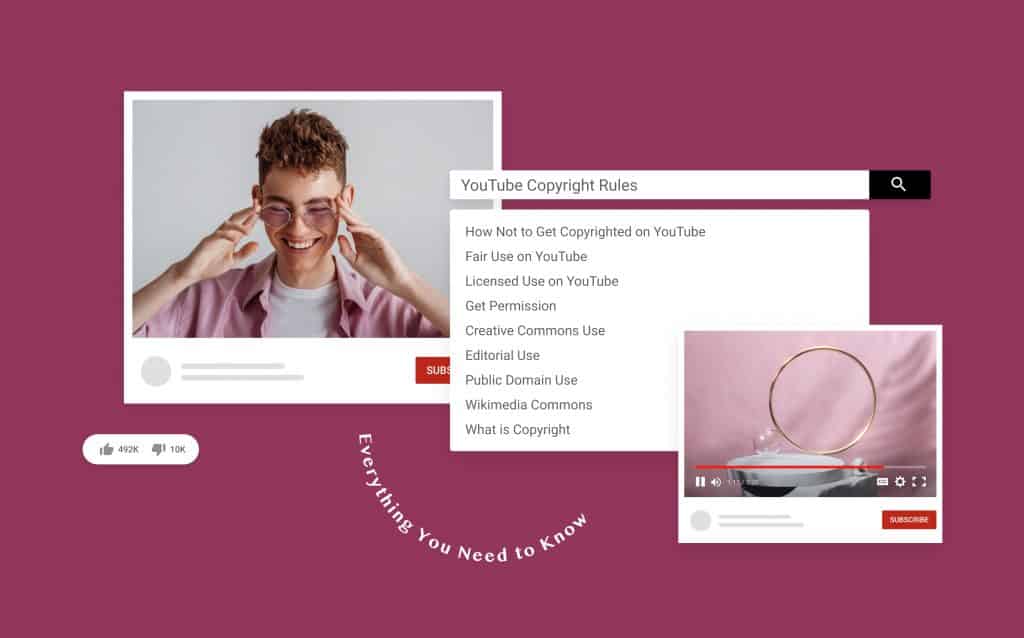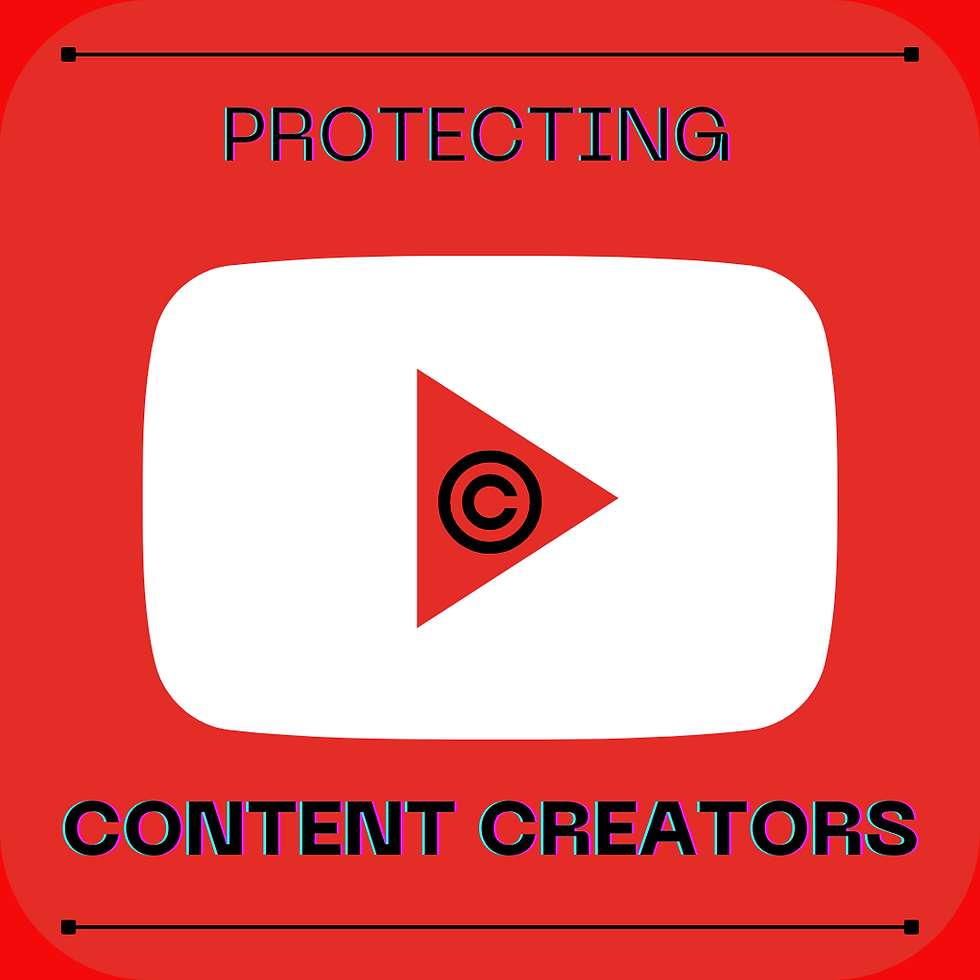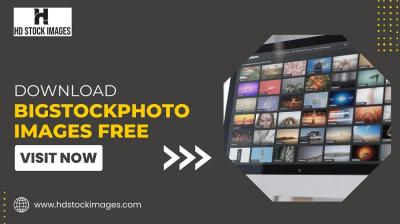Introduction to YouTube Copyright Rules

Ever thought about uploading your favorite song or movie clip to YouTube? Before you hit that upload button, it’s crucial to understand YouTube’s copyright rules.
Also Read This: Can You Get Shadowbanned on YouTube? Understanding YouTube's Algorithm and Restrictions
What is Copyright and Why It Matters?

Copyright is a legal term that grants creators exclusive rights to their original works, whether that’s music, art, literature, or video. When someone creates something original, they automatically hold the copyright to that creation, meaning they have control over how it's used, shared, or reproduced.
But why does copyright matter? Here are a few key reasons:
- Protection for Creators: Copyright ensures that creators can earn money from their work and prevents others from profiting from their ideas without permission.
- Encourages Innovation: By protecting original works, copyright encourages artists and creators to innovate and produce new content.
- Legal Framework: Copyright provides a legal framework for addressing violations. If someone uses your work without permission, you have grounds to take legal action.
- Respect for Originality: Acknowledging copyright fosters a culture of respect for creative endeavors, reinforcing the value of originality.
In the context of YouTube, copyright comes into play when users upload content that isn’t theirs. If you upload a video containing copyrighted music or clips without permission, you risk having your video removed or your channel penalized. Understanding these boundaries is essential for anyone who wants to create and share content effectively on the platform.
So, what can you do to avoid copyright issues? Here are some strategies:
- Use Royalty-Free Music: Platforms like Epidemic Sound or Artlist provide music that you can legally use in your videos.
- Get Permission: If you love a particular song or video, consider reaching out to the creator for permission to use it.
- Explore Fair Use: In certain circumstances, you can use copyrighted material without permission for commentary, criticism, or education. But tread carefully—this is a grey area!
By respecting copyright laws, not only do you protect yourself from legal trouble, but you also empower creators and encourage a vibrant community of innovation and collaboration on platforms like YouTube.
Also Read This: Can I Get Bally Sports on YouTube TV? Everything You Need to Know
3. Legal Consequences of Copyright Infringement

When it comes to copyright infringement, the legal landscape can feel daunting. To put it simply, violating copyright laws can lead to serious repercussions. Let's break down what these consequences might look like, shall we?
First off, copyright holders have the right to protect their intellectual property. If you use someone else's content without permission, here are some potential legal outcomes:
- Cease and Desist Letters: The first step is often a simple warning. Copyright owners may send you a cease and desist letter, asking you to stop using their content. Ignoring this can escalate the situation.
- Monetary Damages: If the case goes to court, you could be liable for financial damages. This includes not only the profits you made from the infringement but also statutory damages that can range from $750 to $30,000 per work.
- Legal Fees: If the copyright holder decides to take legal action, you may have to pay their attorney's fees if they win the case.
- Injunctions: Courts can issue injunctions to prevent you from using the infringing content in the future, which can severely impact your ability to create and share content.
It’s important to note that the Digital Millennium Copyright Act (DMCA) offers certain protections and processes for both creators and copyright holders. If you believe someone is using your content without permission, you can file a DMCA takedown notice. This can remove infringing content from platforms like YouTube, but it’s crucial to do so legitimately. Misuse of the DMCA can lead to its own set of legal troubles.
In summary, the legal consequences of copyright infringement can be severe and far-reaching. Always think twice before using someone else’s work. When in doubt, seek permission or create original content!
Also Read This: How to Ban Someone from Your YouTube Channel Permanently
4. Ethical Considerations in Content Creation
Now, let’s pivot to the ethical side of things. While the law outlines what you can and cannot do, ethics are about what you should and shouldn't do. As a content creator, understanding ethical considerations is just as critical as navigating legal boundaries.
Here are some key ethical points to consider when creating content:
- Respect for Original Creators: Imagine pouring your heart into a piece of art only to see it copied without credit. Ethical content creation involves respecting the hard work of others. Always give credit where it’s due, even if you’re using only a small portion of their work.
- Transparency: If you're using someone else's content, be honest about it. This includes acknowledging when you’re inspired by others and being clear about the sources you draw from.
- Fair Use vs. Misuse: While “fair use” allows limited use of copyrighted material, it’s often misunderstood. Ethical creators should know the limits of fair use and avoid stretching them. Just because you can, doesn’t mean you should!
- Impact on Audience: Consider how your content affects your audience. Are you promoting misinformation or harm by using certain media? Strive to create content that uplifts and informs rather than misleads or confuses.
In conclusion, ethical considerations in content creation guide us to be responsible stewards of our digital landscape. By respecting the rights of others and creating with integrity, we contribute to a culture of creativity and respect that benefits everyone. So next time you create a video, article, or any form of content, keep these ethical guidelines in mind!
Also Read This: Where to Watch ‘A Miser Brothers’ Christmas’ Full Movie on YouTube
5. Understanding Fair Use in the Context of YouTube
When diving into the complex world of YouTube copyright, it’s crucial to grasp the concept of fair use. This legal doctrine allows limited use of copyrighted material without needing permission from the rights holders. But hang on—just because it’s called “fair use” doesn’t mean it’s a free pass!
Fair use can be tricky, especially on a platform like YouTube where millions of creators are vying for attention. Here are some key points to consider:
- Purpose and Character: Is your use transformative? This means you’re adding new meaning or message to the original work. For example, using a clip from a movie for commentary or critique can be fair use.
- Nature of the Work: Creative works (like movies and songs) are less likely to be considered fair use than factual works, such as news reports.
- Amount Used: Using a small portion of a work is more likely to fall under fair use. However, if you take a significant part—like the entire song—this might not qualify.
- Market Effect: Does your use negatively impact the market for the original work? If your video could replace the need to buy the original, that’s a red flag.
Fair use is often determined on a case-by-case basis, so it’s wise to err on the side of caution. For example, if you’re reviewing a new video game and show a brief gameplay clip, you might be in the clear. But if your video is just a reupload of the gameplay without your input, you could run into trouble.
Understanding these nuances is vital for YouTubers looking to navigate copyright without stepping on toes. Always remember, when in doubt, consult with a legal expert. After all, your channel's future could depend on it!
Also Read This: What is the Most Viewed Live Stream on YouTube? Top Records Explained
6. How to Use Music and Other Media Legally on YouTube
Music can elevate your YouTube content, but using it legally is essential to avoid copyright claims. Here are some tips on how to incorporate music and other media into your videos without stepping into murky waters:
- Royalty-Free Music: There are numerous platforms that offer music tracks free for use, such as SoundCloud, Free Music Archive, and YouTube’s own Audio Library. Always check the licensing terms!
- Creative Commons Licenses: Some artists allow their music to be used freely under specific conditions. Look for tracks labeled with a Creative Commons license and follow the attribution requirements.
- Purchase Licenses: If you find a song you love, consider purchasing a license from services like Epidemic Sound or Artlist. This grants you legal permission to use the music in your videos.
- Original Music: If you can create your own music or collaborate with a musician, you’ll have complete control! Plus, it adds a personal touch to your channel.
When using media such as images or video clips, the same rules apply. Always check for copyright status and licensing. Websites like Unsplash and Pexels provide high-quality images that are safe to use, often requiring little more than a credit to the creator.
In summary, being mindful of copyright laws when using music and media not only protects you but also enhances the quality of your content. So, equip yourself with knowledge, choose wisely, and let your creativity shine without the fear of copyright claims!
Also Read This: Cómo se dice Youtuber en inglés? Understanding How to Say "YouTuber" in English
7. Tools and Resources for Copyright Compliance
When it comes to navigating YouTube's complex copyright landscape, having the right tools and resources at your disposal can make a world of difference. Let’s dive into some effective solutions that can help you stay compliant while creating engaging content.
1. YouTube Studio
YouTube Studio is your best friend when it comes to managing your channel. It offers a Copyright section that allows you to check if your content has been flagged for copyright infringement. This tool also provides insights on how to address any issues that arise.
2. Content ID
This is a powerful tool used by YouTube that scans uploaded videos against a vast database of copyrighted content. If your video matches someone else’s content, the owner can choose to:
- Monetize your video by running ads.
- Block your video from being viewed.
- Track your video's viewership statistics.
Understanding how Content ID works can help you make informed decisions about the content you create.
3. Royalty-Free Music Libraries
Using music that is free from copyright restrictions is essential for any content creator. Here are a few reputable sources:
- Bensound - Offers a variety of genres.
- Incompetech - Features composer Kevin MacLeod’s music.
- YouTube Audio Library - A great resource for royalty-free music and sound effects.
4. Copyright Law Resources
Familiarizing yourself with copyright law can be daunting, but there are several resources that can help:
- U.S. Copyright Office - A comprehensive source for copyright law.
- Cornell University Law School - Offers clear explanations of copyright concepts.
- Nolo - Provides legal insights and practical advice.
With these tools and resources, you can create content confidently, knowing you're on the right side of copyright law.
8. Final Thoughts on Navigating YouTube Copyright Rules
Navigating YouTube's copyright rules can feel like walking through a minefield, but with the right knowledge and resources, you can do so successfully. Remember, the key is to respect the work of other creators while ensuring your voice is heard.
Here are some takeaways to keep in mind:
- Be Proactive: Regularly check your content for copyright issues. Don't wait until you receive a strike to take action.
- Educate Yourself: Understanding copyright laws and guidelines will empower you as a creator. Knowledge is your best safeguard.
- Utilize Available Tools: Leverage the tools and resources mentioned to avoid potential pitfalls. They are designed to help you.
- Seek Permission: When in doubt, always seek permission from copyright holders before using their content. It’s a simple step that can save you a lot of trouble.
In conclusion, while the landscape of YouTube copyright might seem restrictive at times, it’s ultimately about respecting creativity. By adhering to these guidelines and utilizing the tools available, you can not only protect yourself but also contribute positively to the YouTube community. Happy creating!
 admin
admin








